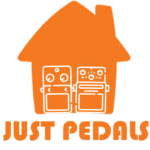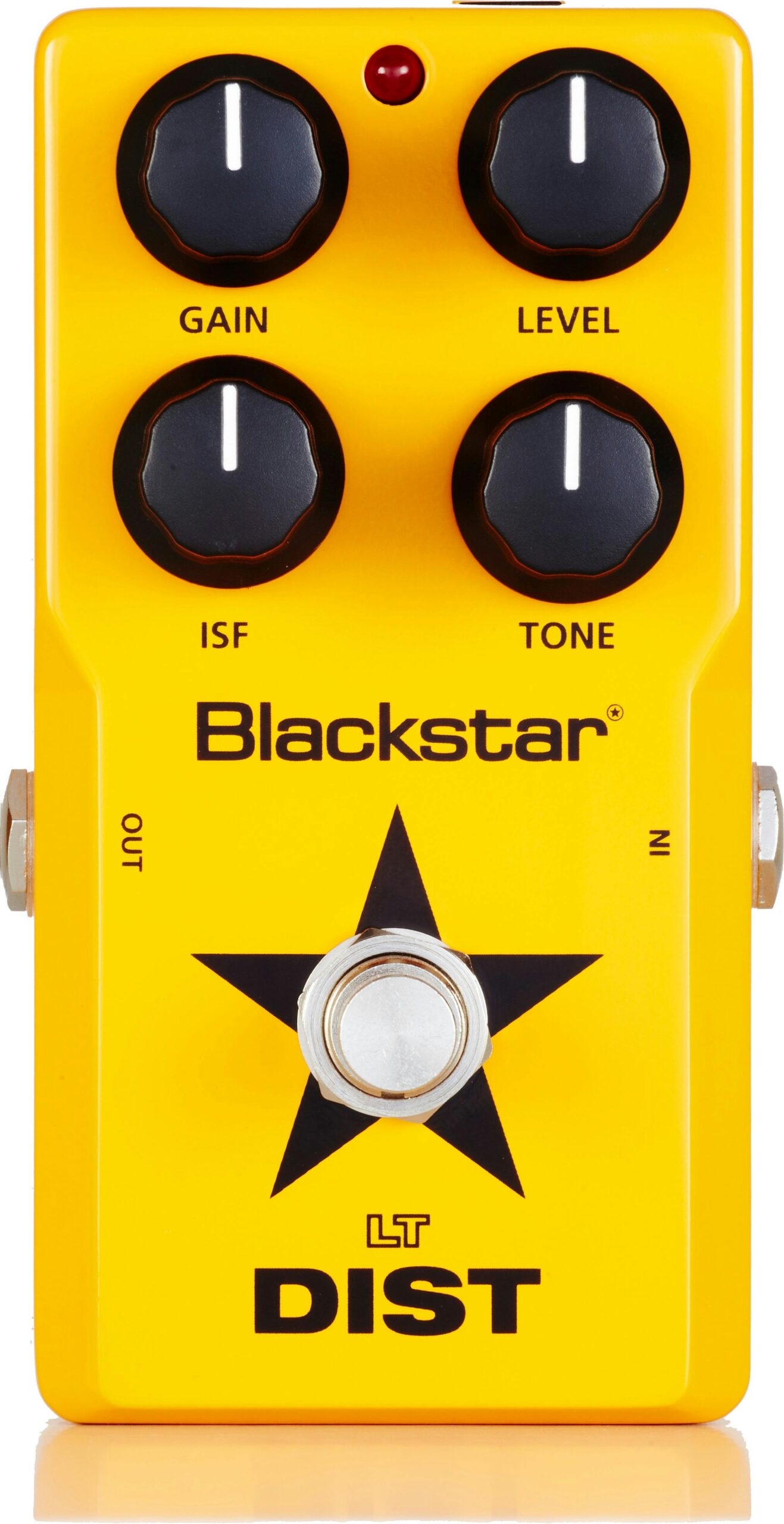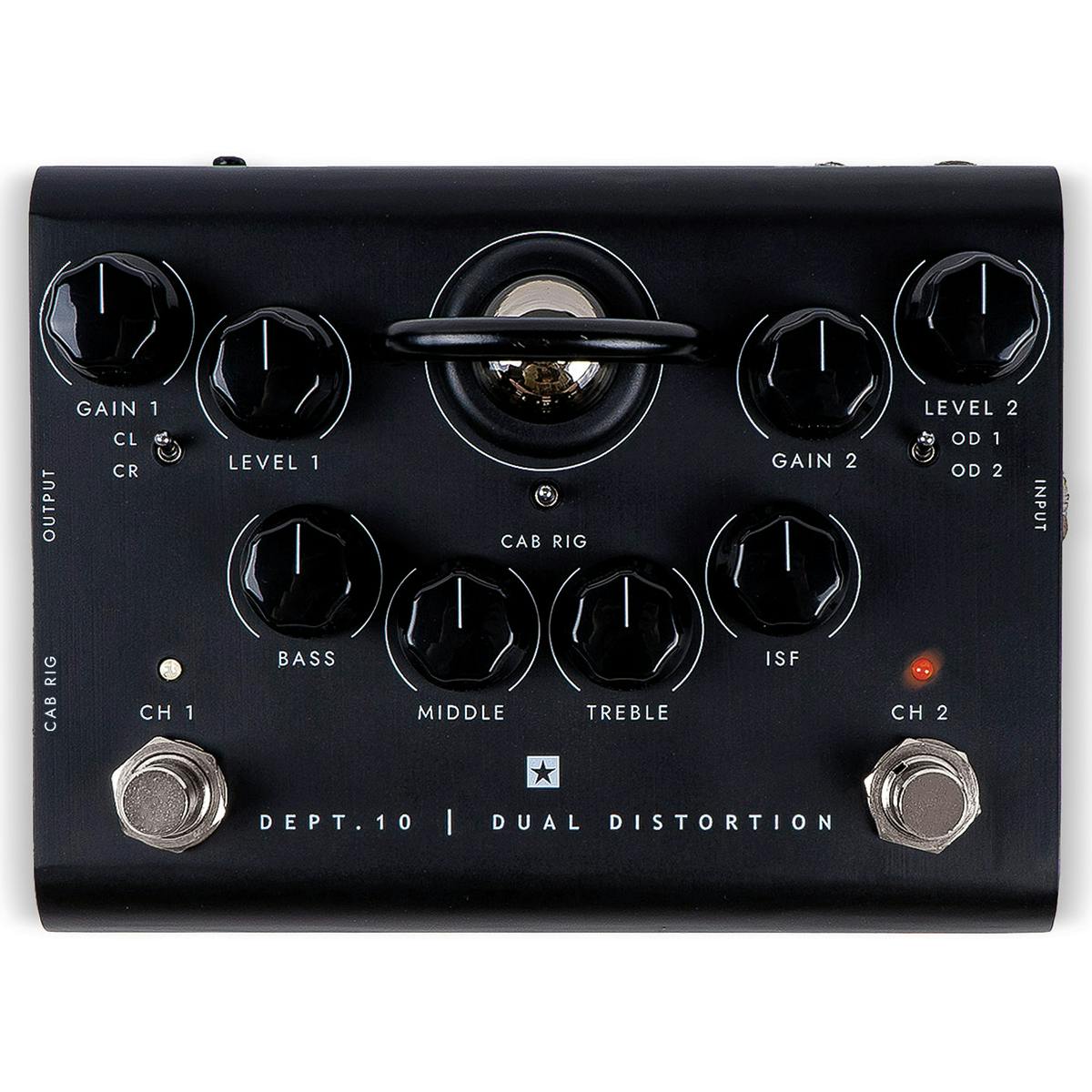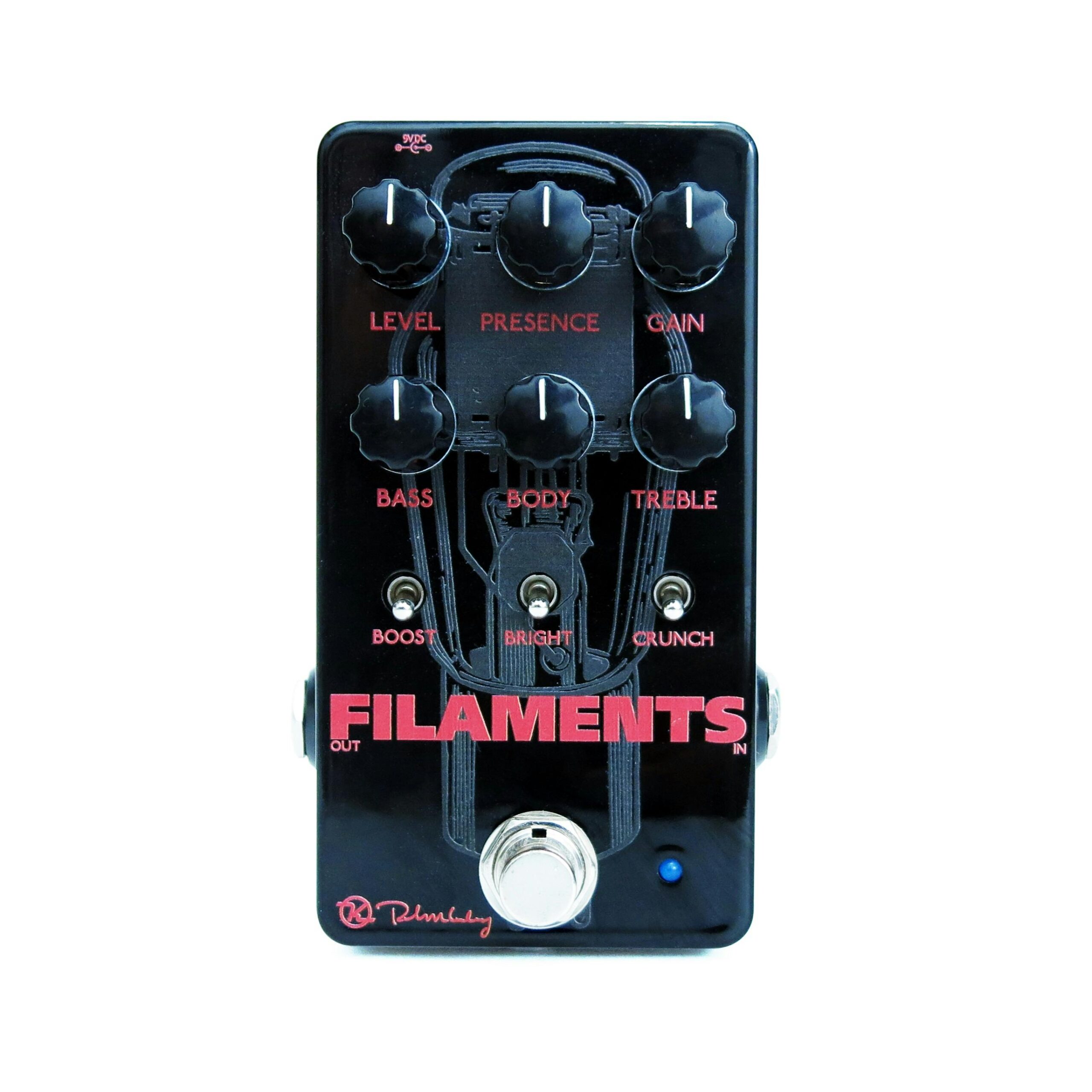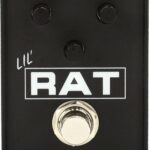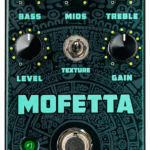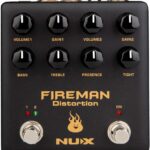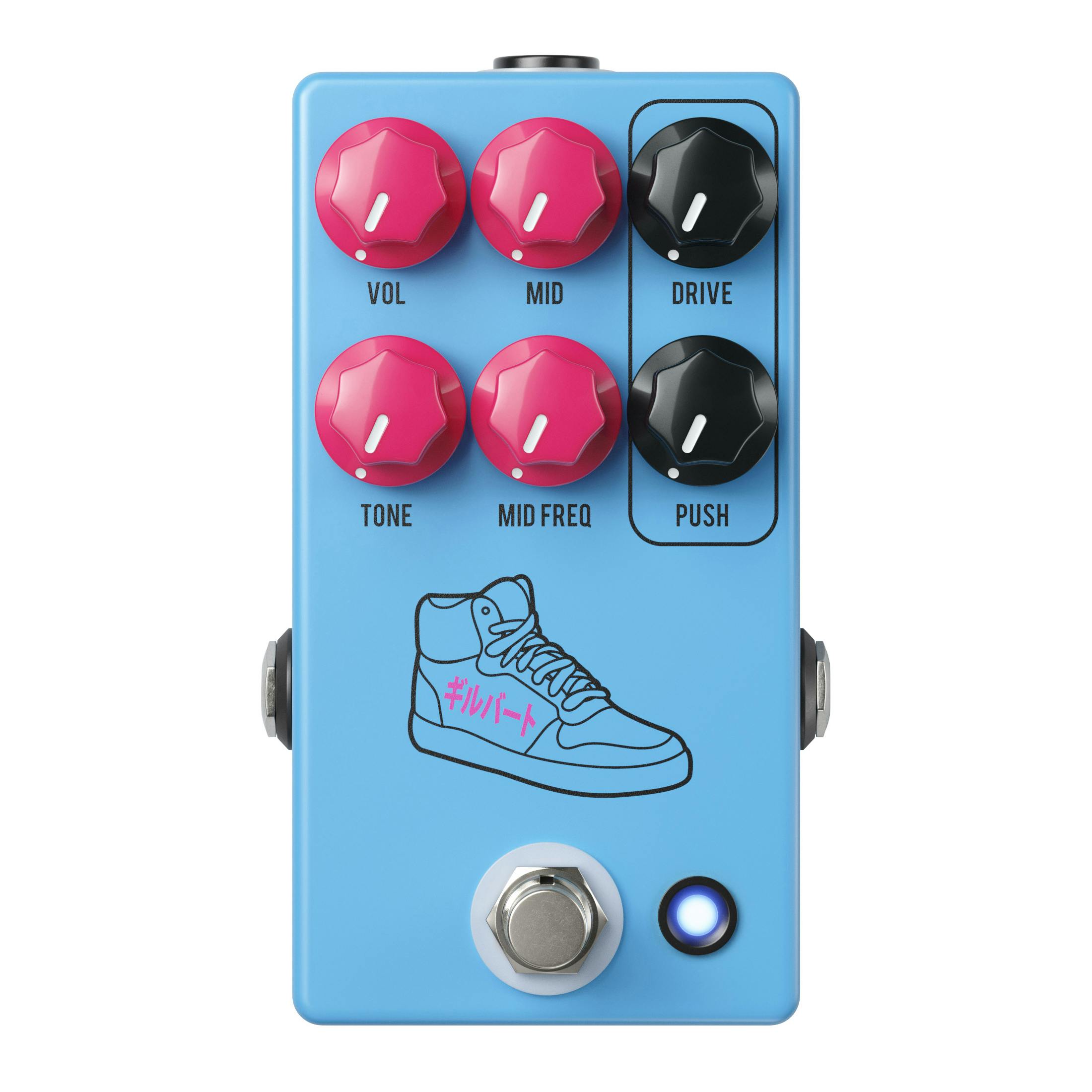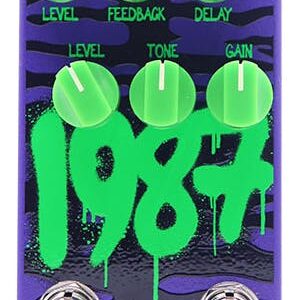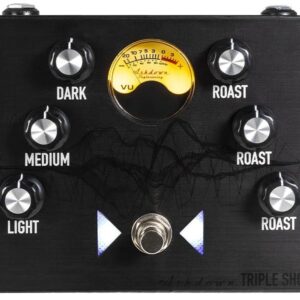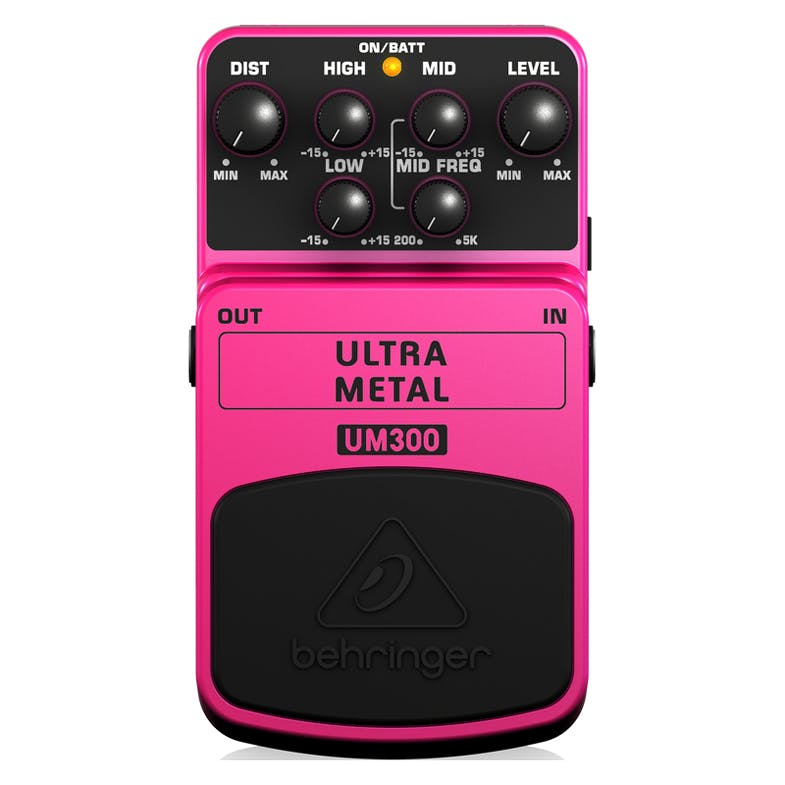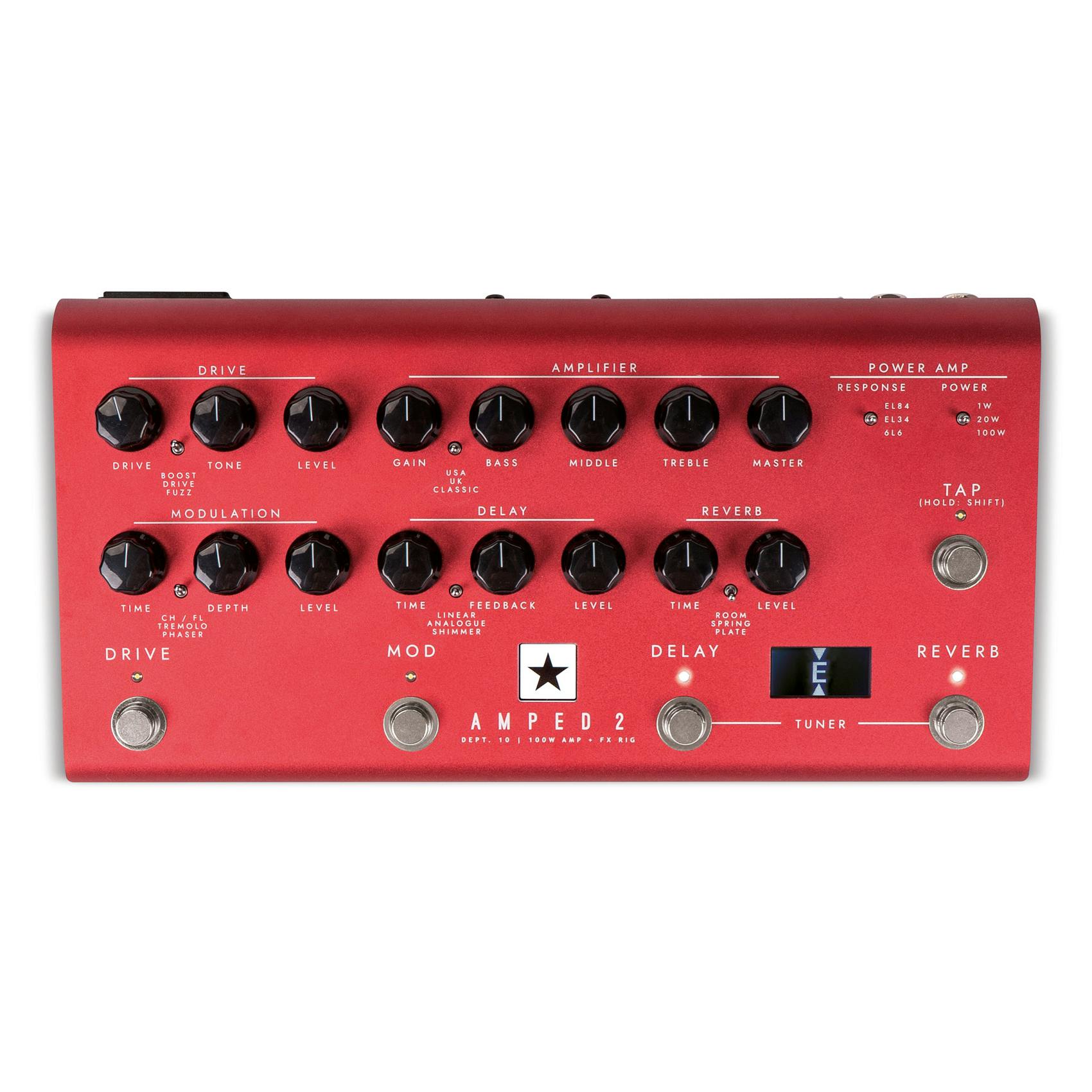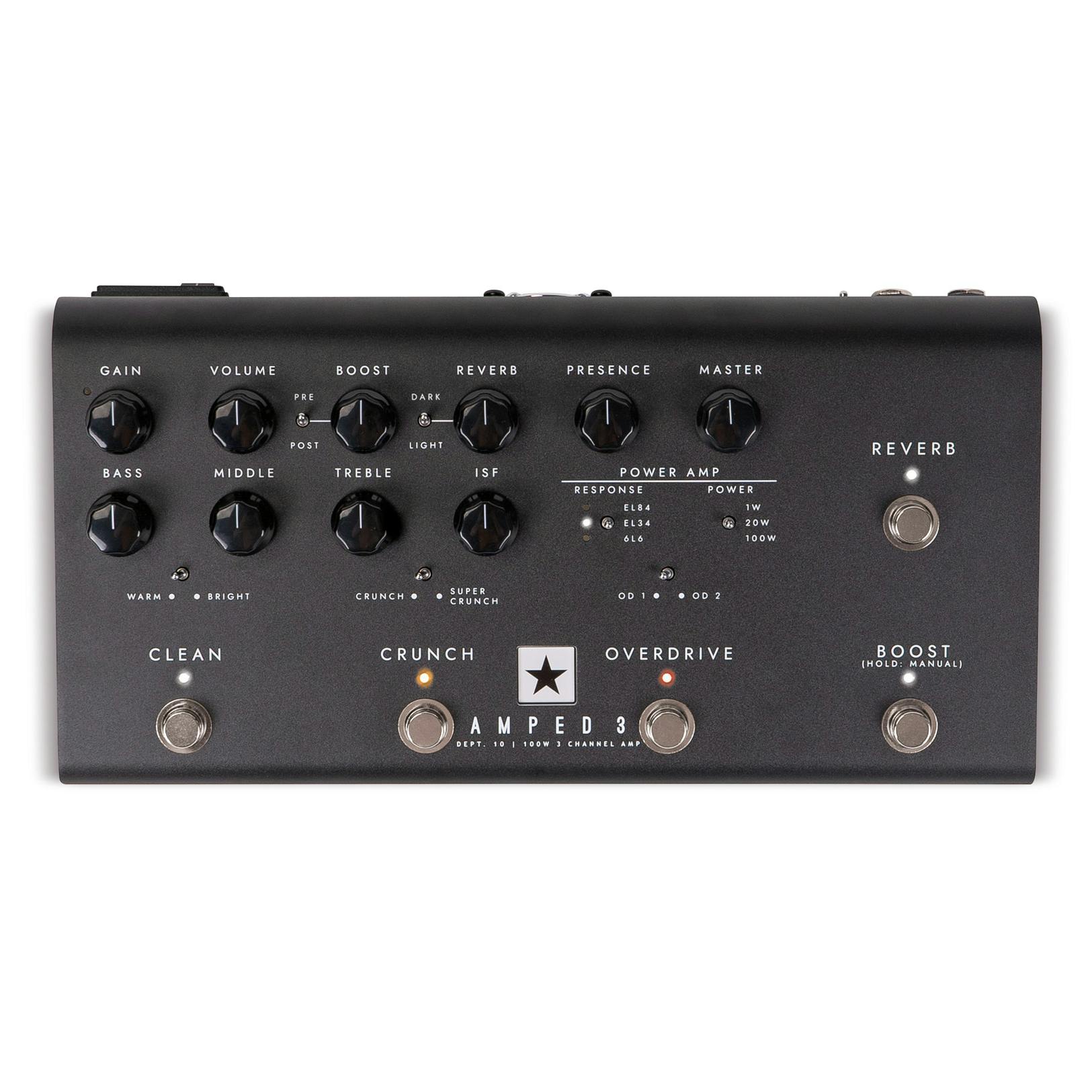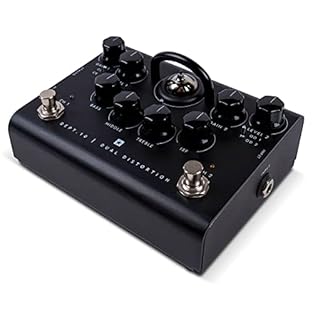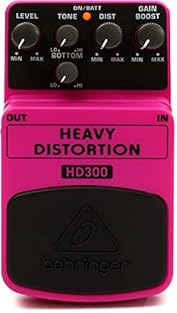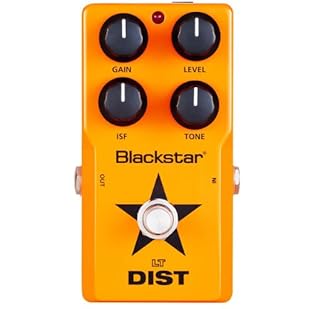Tasty Pedals made by Blackstar
Blackstar Amplification is a British manufacturer of guitar amplifiers, speaker cabinets, and effects pedals, known for their innovative designs, versatile tones, and high-quality sound. Founded in 2004 by Ian Robinson and Bruce Keir, both former Marshall Amplification employees, Blackstar has quickly gained recognition and popularity among guitarists worldwide.
Blackstar’s product lineup includes a wide range of guitar amplifiers, ranging from compact practice amps to powerful high-gain heads and combo amps. One of their notable series is the HT (Venue Series), which combines tube-driven warmth with modern features like built-in effects, USB connectivity, and versatile tone shaping options.
In addition to amplifiers, Blackstar produces a variety of effects pedals designed to complement their amplification systems. These pedals offer guitarists a range of tonal options, from classic overdrive and distortion to modulation and delay effects. The HT-Dual and HT-Delay pedals are particularly popular among players for their versatility and sound quality.
With a commitment to innovation, quality, and performance, Blackstar continues to be a trusted name in the guitar amplifier industry, providing guitarists with reliable and versatile amplification solutions that deliver exceptional tone and performance in a variety of musical genres and settings.
Just Pedal Ingredients.
Distortion — A distortion pedal is a type of guitar effects pedal used to add gain, saturation, and harmonic distortion to the guitar signal, resulting in a more aggressive and gritty tone. Distortion pedals are widely used across various music genres, particularly in rock, metal, punk, and alternative styles, to achieve heavier and more intense guitar tones.
Here are the key features and functions of a distortion pedal:
1. **Gain (or Drive)**: The gain control adjusts the amount of distortion applied to the guitar signal. Increasing the gain setting increases the level of saturation and overdrive, resulting in a more distorted and aggressive tone. Lower gain settings produce a cleaner sound with less distortion.
2. **Tone**: The tone control adjusts the frequency response of the distorted signal, allowing you to tailor the tonal characteristics of the distortion effect. Depending on the pedal, the tone control may boost or cut specific frequency ranges, such as bass, midrange, or treble, to shape the overall sound.
3. **Level (or Output)**: The level control adjusts the overall output volume of the distorted signal. This allows you to match the level of the distorted signal with the rest of your effects chain or amplifier, ensuring consistent volume levels when engaging the pedal.
4. **Mode (or Voice)**: Some distortion pedals feature multiple modes or voicings that offer different types of distortion or gain characteristics. These modes may include options such as “Vintage,” “Modern,” or “High Gain,” each providing a distinct tonal flavor and level of saturation.
Distortion pedals offer several benefits and creative uses for guitarists:
– **Increased Gain and Sustain**: By adding gain and saturation to the guitar signal, distortion pedals increase the overall volume and sustain of the instrument, allowing notes and chords to ring out longer and with more intensity.
– **Tonal Shaping**: Distortion pedals often include tone controls that allow you to shape the frequency response of the distorted signal. This allows you to dial in the desired amount of bass, midrange, and treble to suit your playing style and musical preferences.
– **Emphasis of Harmonics**: Distortion pedals emphasize the harmonics and overtones present in the guitar signal, resulting in a richer, more complex tone with added depth and character. This can make lead lines and solos stand out and cut through the mix more effectively.
– **Versatility and Flexibility**: Distortion pedals come in a wide range of styles and voicings, from mild overdrive to high-gain distortion. This versatility allows you to choose a pedal that best suits your playing style, musical genre, and tonal preferences.
Overall, distortion pedals are essential tools for guitarists seeking to achieve heavier, more aggressive, and saturated tones. Whether used subtly to add warmth and edge to clean tones or used more aggressively to create crushing distortion, distortion pedals can enhance your guitar tone and bring new dimensions to your playing.. LT. New — Just New products for sale, unused, and in their original packaging. They come with a protected seller guarantee and include manufacturer warranties. Read more for additional details.. Pedal — Your pedal is like a signature dish for your sound — a flavour-packed creation that transforms the bland ingredients of your guitar into something unforgettable. Each one adds its own seasoning, texture, and heat, turning a simple meal into a feast of tone.
These tasty little boxes sit in a row, like plates on a buffet, letting you mix and match flavours as you play. With one tap of your foot, you can swap sweet for spicy, subtle for smoky, and serve up something completely new. From the comfort food of warm overdrive to the fiery kick of fuzz, from smooth jazz sauce to heavy-metal spice, pedals give players a full menu of options to express their taste. And just like with food — once you’ve tried one dish, you’ll want to sample them all.
Collecting, trading, and discovering new flavours soon becomes part of the joy of being a tone-loving gourmet geek with a guitar..
